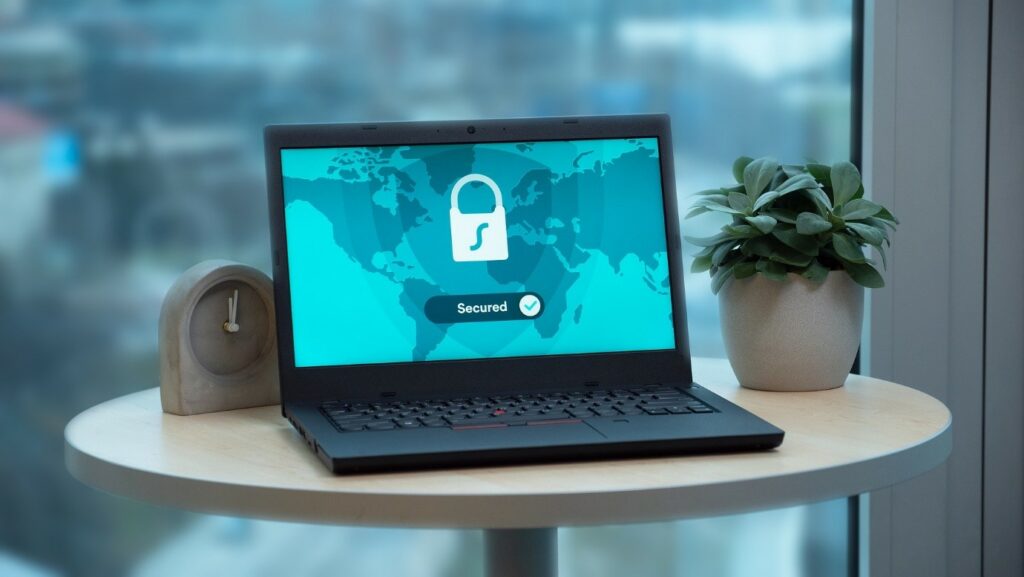A lot of bad actors and malicious threats are thrown at us online every day. We’re inundated with warnings about the latest malware, ransomware or data breach that threatens our safety every time we open a web browser. Being cautious and practicing good online safety is no different from knowing not to walk down dark alleyways or flash expensive jewelry on the wrong side of town.
There are other concerns too because it isn’t just the bad actors that are using what we do online, but the most popular web services are constantly collecting data that is used to create profiles of us and market products and services that might appeal to us. Staying safe online doesn’t need to be a minefield, however, and there are some quick and simple steps you can take to keep your browsing safe.
Make Use of the Web of Trust
One great suggestion for safe browsing is to make extensive use of a service like Web of Trust, which is an online reputation system that’s been around since 2007 and that takes into account many different sources when determining if a website is safe and ranks each with a reputation. Data is used from user submitted ratings as well as third party data like that from makers of antivirus, anti-malware, and services that blacklist spam and scam sources. Using Web of Trust is as simple as installing a browser add-on for your favorite (secure) web browser.
Install the Right Security Software
Internet security software goes beyond simply installing an antivirus onto your computer. While it’s a good start, malicious software that you’ll encounter online often comes in the form of malware and ransomware, both of which can be devastating should they manage to infect your computer. Using an anti-malware application, or an antivirus package that offers an Internet Security option, incorporating a firewall and anti-malware component, as well as running an up-to-date and secure web browser will create a more robust defense against malicious software. The three top choices for internet browsers with good security are Microsoft Edge, Google Chrome and Mozilla Firefox.
Use a VPN
A VPN hides your personal computer’s IP address, which is personally identifiable, and hides all your online activity behind the IP address of the VPN service. Not only that, but it also encrypts all your traffic so if you’re using public Wi-Fi, a VPN can prevent those running the Wi-Fi from snooping on what you’re doing online. VPN providers tend to be quite aggressive when they market their services and their adverts can be somewhat misleading because they often paint their service like a magic bullet that can protection you from any number of threats online. While there are real advantages to using a VPN service, it needs to be accompanied by other safety methods to get the most use from it.
Use Strong Passwords and a Password Manager
Good passwords are something that are ignored far more often than they should be by internet users. There is so much publicity, and so many good resources that demonstrate how to create good passwords, that having weak passwords just isn’t an excuse anymore. There are different schools of thought about what makes a good, strong password, but almost every security expert agrees on a couple of fundamentals. Passwords should be as long as possible and where possible include both upper case and lower-case letters, numbers and symbols.
For the best possible results make use of both a password manager that can assign different passwords to every service you use, as well as two-factor authentication where available. If you get a notification that a website or service you use has suffered a breach, act quickly to change your password for it.
Common Sense is the Best Defense
The best defense against the threats posed online is to just maintain a good sense of what those threats are, what the different scams that are being run at the moment are, and understanding the different ways people trying to scam you will operate. Be aware of threats like phishing and never open email and email attachments that look suspicious, particularly if they are from people you don’t know. Never give your password or login information to anyone, even employees of the service, and be wary about the kind of websites you visit. A great rule of thumb online is that if it looks too good to be true, it very likely is.
With a little bit of common sense and some help from software and services we can trust, your time spent online and browsing the internet doesn’t need to be filled with threats. A simple understanding of how scams and ransomware might get the better of you goes a long way and being able to trust the websites you choose to use will help too.
